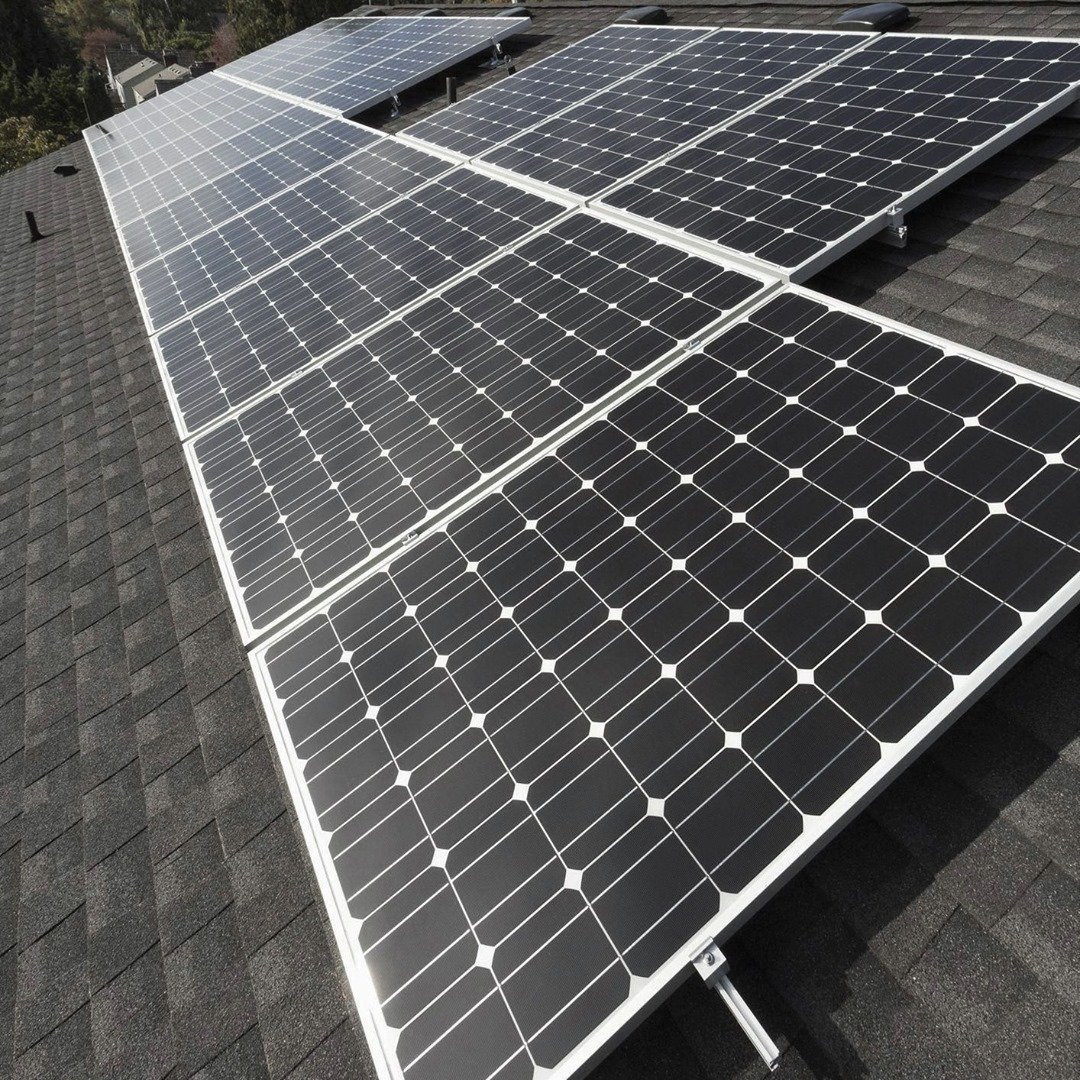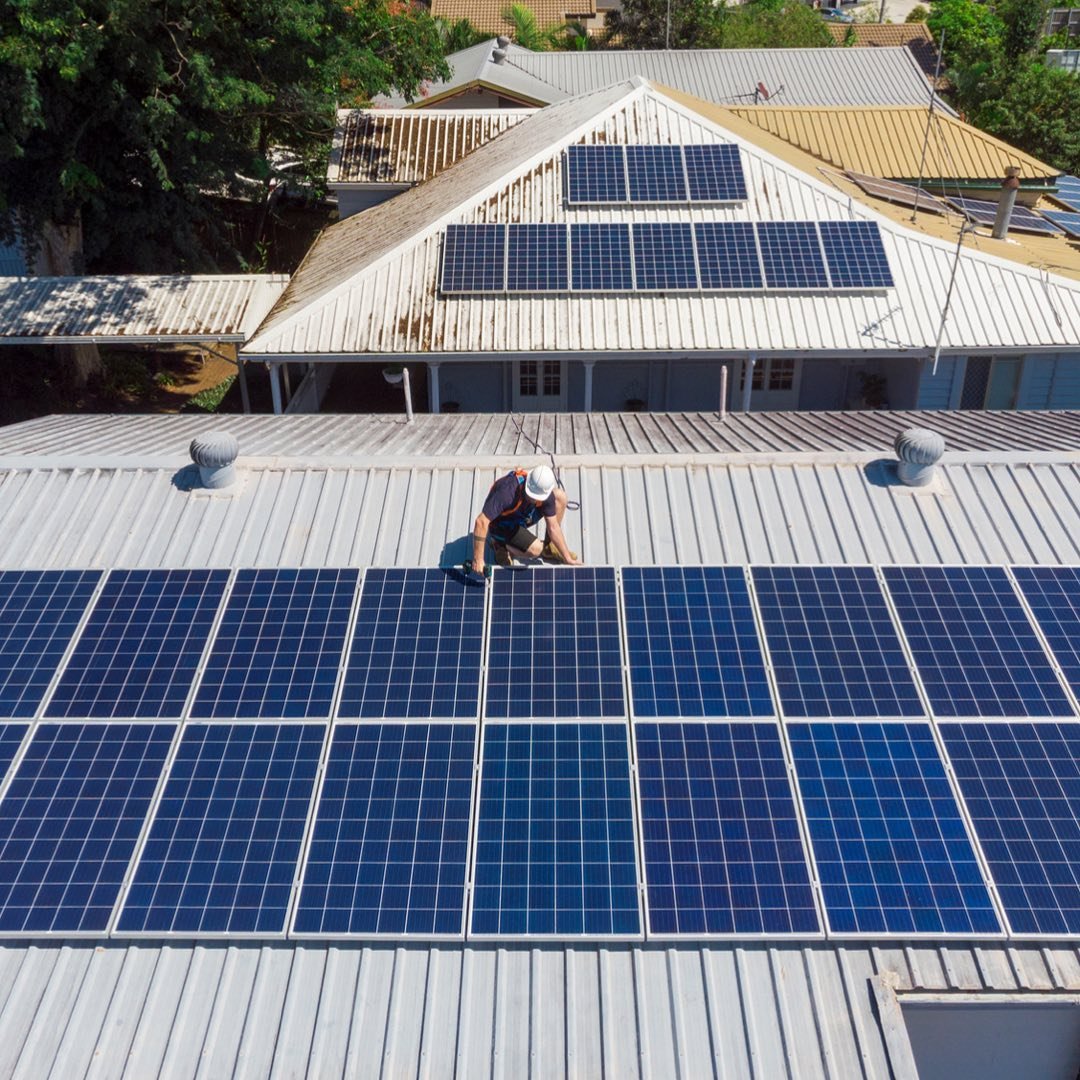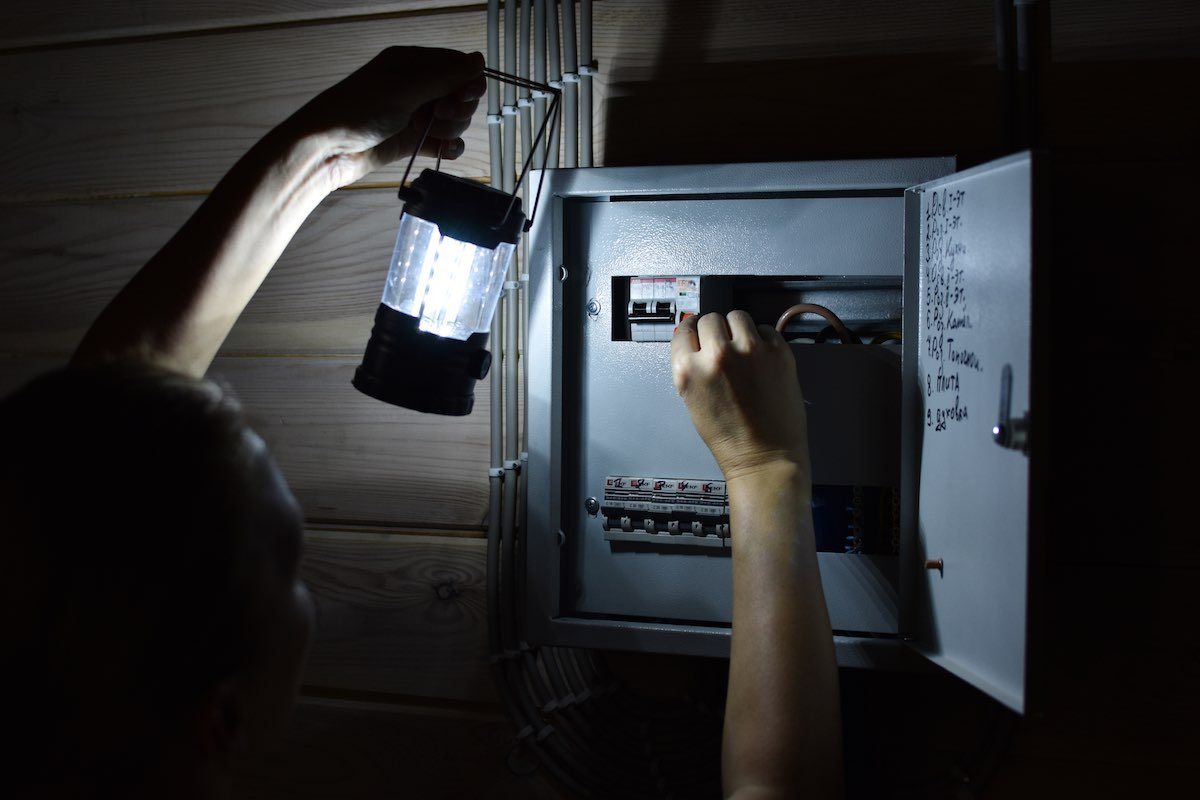
What is the lifespan of solar panels?
The question of all the people who made an investment buying solar panels is what is the useful life of the solar panels.
What is the lifespan of solar panels?
Solar panels consist of a few moving parts and are very solid in construction. They are made of stainless steel and plexiglass to insulate and protect the solar cells against hail and storms. All this allows the panels to function for decades without any problems. The oldest solar panel in the world is 60 years old and is still operational.
However, what you must recognize is that solar panels lose their efficiency over time . You can find more information about it at the end of the article.
What is the useful life of photovoltaic panels? – this is one of the most common questions we get. And well! This is a very important issue that you should consider before buying solar panels, because if you invest your money in photovoltaic panels, you want them to work for as long as possible, and thus bring in the highest possible income. Therefore, the useful life of the panels is a key issue in determining how much money the solar farm will bring you. Solar panels last for decades and require virtually no maintenance. This is especially true in the case of solar cells of the current generation.
The performance of photovoltaic panels depends on their quality and location in combination with their useful life. These are the two most important factors when looking at the financial aspect.

What is the real lifespan of solar panels?
It is difficult to estimate the lifespan of solar panels as photovoltaics is still a fairly new field of technology. Much depends on the precision of the manufacturing process. If the solar panel has no manufacturing defects and is not damaged by extreme weather conditions, its useful life will be decades, much longer than the product warranty, usually 10-15 years.
Previous generations of solar panels (2000-2010) are believed to have a lifespan of at least 25 years. The duration of the product warranty and the performance warranty are constantly increasing, thus also increasing the expected service life of photovoltaic panels . Therefore, there is reason to believe that good quality Tier 1 panels can last up to 40 years. The working time of photovoltaic panels is one of its greatest advantages.
A recent study on the loss of efficiency of solar panels has been carried out on more than 2,000 solar panels and found that, on average, a solar panel loses 0.5% efficiency per year. Many older models of photovoltaic panels were included in this study. If the same test were performed only on the current generation of solar panels, the performance loss would be much less. It is worth noting that the study calculated the efficiency losses in individual regions of the world.
The smallest losses in the efficiency of photovoltaic cells were recorded in Europe . This is mainly due to the fact that extreme weather conditions in our region are relatively rare, which can have a negative impact on the durability of photovoltaic panels.
Contrary to popular opinion, PV in Poland is working quite well and is worth investing in. Photovoltaic panels in our climate can produce electricity even when our children grow up and have grandchildren.
The real power of solar panels after a few years.
One of the main disadvantages of solar panels is that their efficiency degrades over time, although compared to the current generation of solar panels, these figures are really low. The acceptable loss of panel efficiency after a specified operating time is determined by the performance guarantee .
The greatest efficiency losses occur in the early years. This also applies to good brand solar panels. We will notice the biggest loss of efficiency in the first 5-10 years. After that, the decrease in efficiency will gradually decrease. When a solar panel loses more than 20% of its efficiency, we can even speak of a technical failure.
Solar panels lose their original power and efficiency over time. This natural degradation is absolutely normal. The most important factor behind performance degradation is the intensity of ultraviolet radiation and extreme weather conditions . Fortunately, the intensity of ultraviolet radiation in our region is low and we rarely deal with extreme weather conditions.
Extreme conditions that affect the durability of photovoltaic panels include:
- Warm Temperatures – Solar panels lose their effectiveness on hot summer days, but they wear out quickly too! Solar panels in the desert lose on average about 1% of their efficiency per year, which is a very high value. The main reason for this is the high intensity of ultraviolet radiation.
- Hail: Photovoltaic energy can withstand normal storms and hail. For example, LG says its solar panels “are designed to withstand hail up to 28mm in diameter .” However, a large enough storm can cause significant damage. Buying the right insurance can solve this problem.
- Frozen, Stagnant Water – Solar PV is generally better in winter than you might think. Snow usually falls from solar panels when exposed to sunlight. However, there are some dangers. Under certain specific conditions, the panel can be submerged in icy water which, when expanded, can seriously damage the panel. However, the problem mainly affects the northern countries of Poland, where winters are more severe.
In our region, a good photovoltaic panel should not lose more than 0.5% efficiency per year. In many cases, the decrease is much less.






